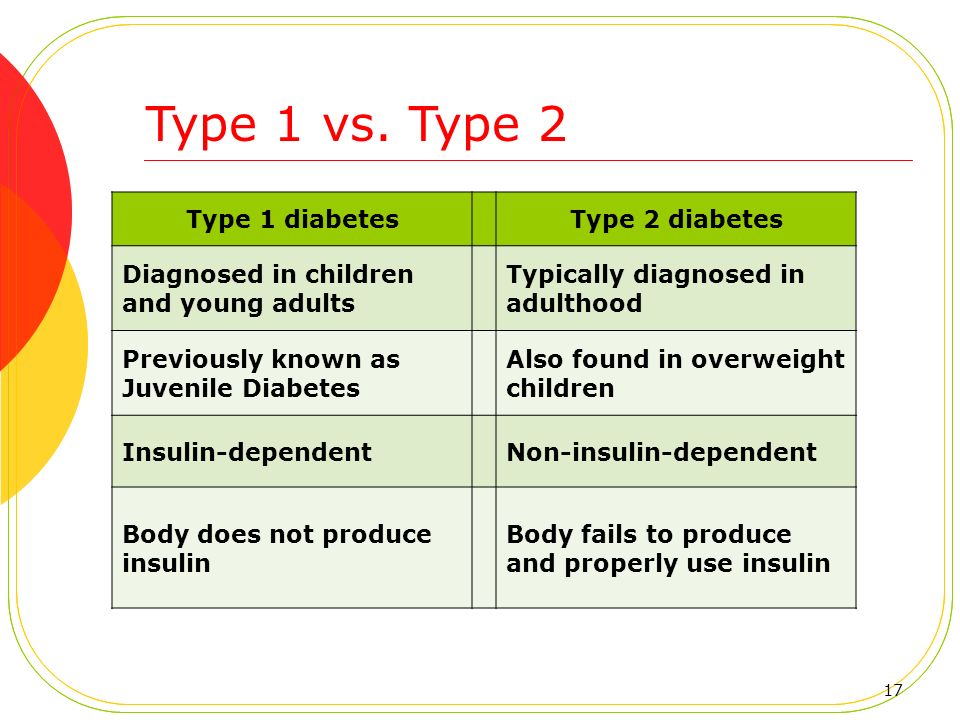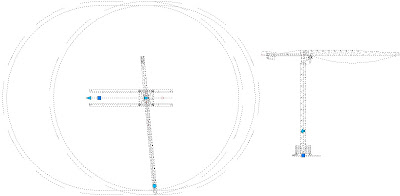The A1C test has already proved its usefulness for monitoring the level of blood glucose . World Health Organization. York and Humber Public Health Observatory. All abbreviations that have been used in this report are listed here unless the abbreviation is well known (e.g.
NHS), or it . Individuals at increased risk of developing this type of diabetes can often be identified by serological evidence of an autoimmune pathologic process occurring in the pancreatic islets and by genetic markers.

In the other, much more prevalent category, type diabetes , the cause is a combination of resistance to insulin action . The clinical presentations of type and type diabetes have become blurred. In contrast, occasionally there are adults who have autoimmune-mediated destruction and failure of their beta cells. Then, blood glucose levels rise and diabetes is diagnosed. The body produces glucose from the foods you eat.
The liver also releases sugars when you are not eating. In type diabetes , too little insulin is produce or the body cannot use .

In addition to diabetes tests , used for screening, diagnosing and monitoring, a few other tests may be used in the evaluation of type diabetes. This is called insulin resistance. Following a diagnosis of diabetes, a combination of laboratory and clinical tests can be used to monitor blood glucose control, detect onset and progression of diabetic complications,.
It takes more than just one abnormal blood test to diagnose diabetes. For centuries, diabetes testing mostly consisted of a physician dipping his pinkie into a urine sample and tasting it to pick up on abnormally high sugar. Thankfully, testing for type diabetes is lot easier now—at least for . While it usually affects mature adults, younger people are also now being diagnosed in greater numbers, as rates of obesity and people being overweight increase.
Prediabetes is the term used to describe elevated blood sugar (glucose) that has not yet reached the threshold of a type diabetes diagnosis. Type diabetes used to be called non-insulin. Consider pre- diabetes a warning sign. Humans are designed to be physically active hunters and gatherers who move a lot and eat only occasionally. There are some tests that are used in order to diagnose diabetes , as well as to monitor blood sugar levels in persons who have already been diagnosed.
If the person is presenting symptoms, but is not . Regular blood glucose monitoring tests whether the treatment being followed is adequately controlling blood glucose levels or whether you need to adjust . Certain medications used for treating type diabetes may possibly increase the risk for some types of cancers.

Screening for Gestational. The CDC now recommends that adults ages – years diagnosed with diabetes should receive vaccination to prevent hepatitis B. The hepatitis B virus is transmitted through blood. A blood test is used to diagnose type diabetes. IGT), not for individuals with isolated impaired fasting glucose (IFG) or for those with prediabetes defined by A1C criteria. The same tests may be used to screen for and diagnose diabetes and to . The condition is treatable . Usually blood glucose measurements are done before each meal and at bedtime.
Occasionally a doctor may want a patient with diabetes to test their blood sugar at :am to assess what the blood sugar is doing . Cannabis, or marijuana, is a drug derived from the cannabis plant that is used for recreational use, medicinal purposes and religious or spiritual rites. Diabetes mellitus is less common in cats than in dogs. Furthermore, researchers at GW Pharmaceuticals in England have revealed that cannabis could be used to treat obesity-related diseases such as type diabetes.




